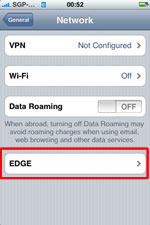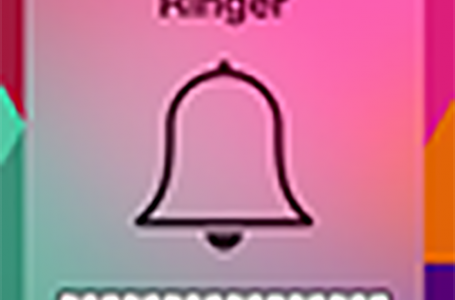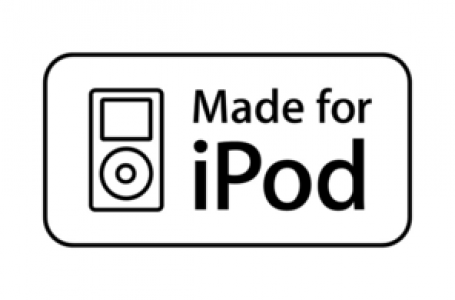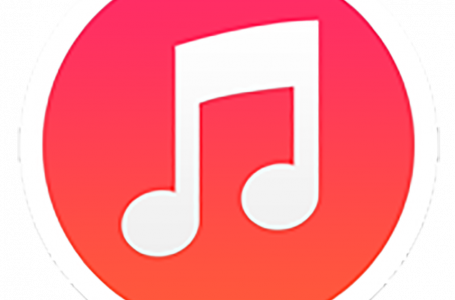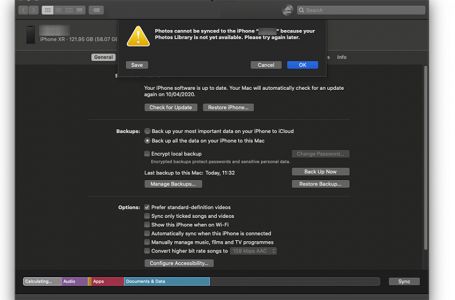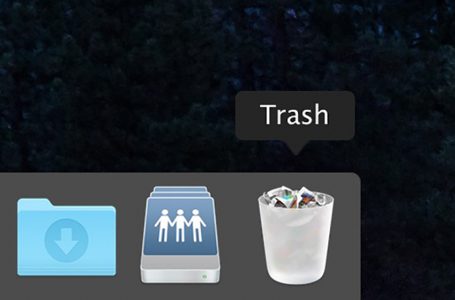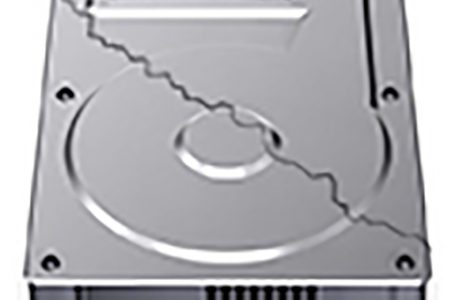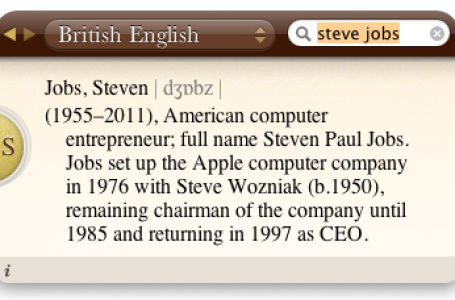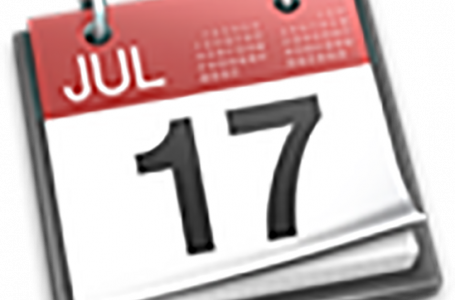iPhone, What You Need to Know Before You Buy One
Firstly, its a phone that positions itself in the ‘smartphone’ category. Although, rightfully speaking its not really a good fit because it comes fully decked out to play movies and tunes ala iPod Touch. Nevertheless, this should already raise some alarm bells to those of us who are just looking for a basic communications device. If you’re just after a simple phone that has low demands on how long it will take you learn to use it, you may want to reconsider buying an iPhone.
For all its bells and whistles and Apple Inc’s best attempts at doing what Apple Inc only does best – marketing, honestly, the iPhone despite the ads, is a little more ‘technical’ than its made out to be.
This article attempts to unravel some of the mystery (based on the iPhone sporting the 1.1.1 version firmware) for the would-be iPhone buyer then, you decide what’s best.
Bear in mind, we are not slagging the iPhone, its a great product. This article is just a factual summary of what would-be iPhone buyers are getting themselves into. If you like, this can also double up as a wish list for the folks at Apple Inc to consider in upcoming versions of the iPhone firmware updates.
For the record, despite its teething pains, we all agree its a fantastic product which has not ceased to add a little more joy in our lives in regards, the devices we need to interface with in these modern times – its just simply a terribly sexy and fun device to own!
First, let us tell you like it is. Its not really a traditional cell phone.
Unlike, most cell phones of today, the iPhone does NOT come with any means to communicate with your SIM card. Nope. None. Nada. Zip. So the next logical question beckons, “how then do I get my contacts into my spanking new iPhone?”
You’re left with 2 simple options:
- key them in manually using the iPhone itself or;
- arm yourself with a Mac or Windows (equipped with at least Microsoft Outlook Express or Outlook 2003)
If you choose not to manually key in all your contacts, then you will have to enter the world of syncing cell phones with computers.
iTunes is the ONLY interface with your computer.
Yes, you read right. The only interface between your computer and iPhone is iTunes. If you don’t already have it on your computer then you can download it for free at Apple’s iTunes page. For those of us who have already experienced using an iPod this will be par for course. Plug it in, launch iTunes and let it do the rest. The main difference is that with the iPhone, you also have the option to sync your contacts and calendars. Without which, its not much of a phone. You can also sync the photos you have taken on your iPhone directly into your iPhoto (Mac users).
Your contacts are trapped without iTunes
We’ve already mentioned above that there does not appear to be a way to Bluetooth contact details to another cell phone. Added to that, there is also no means to SMS the contact details from your iPhone either.
Its not an exact mirror of Apple’s Address Book
Adding on to what has been said above. At first glance it may not seem apparent but the astute Address Book user will quickly realise that some fields that are easily added in Address Book, most notably Related names, e.g. Father, Brother and Sister, cannot be added directly in the iPhone Contacts interface. These fields also do not appear after syncing the iPhone with our computer.
Synchronisation is incomplete
At the present moment, it appears that the iPhone does not fully synchronise everything you would expect it to. For one thing, although it syncs with iCal, it does not sync the iCal To Do items.
There’s also a Mobile Notes application that ships as part of the default applications on the iPhone but despite our feverish attempts to document every notation in our lives, it also doesn’t sync back onto our computers.
We decided to create a dedicated sub-section to highlight this because even now, most Sony Ericsson cell phones which are iSync compatible, can sync everything from iCal and vice-versa. Its a bit odd that Apple Inc’s own creation cannot but to be fair, its still early days. Other cell phone makers have had years headstart.
The keyboard is like dating
To fully appreciate the adaptive keyboard feature, its best you watch Apple’s iPhone Guided tour either before buying it or shortly after. Otherwise, you will be the first to give bad reviews on its function. On a whole, it takes about a day or two to get used and initially the experience can be quite trying. Hence why we feel sometimes, its like dating the iPhone where it only warms up to you after the initial few dates.
The thing is, the iPhone’s adaptive keyboard tracks your keystrokes and after the first few hours or days (depending how much time you spend typing on it), it gets a lot easier. Where you no longer have to hit each key precisely and as promised by Apple Inc, it predicts your words using a clever key strike location algorithm as well as provides suggestions as to the actual word you may have intended to key in. The trick is to be patient. Treat it like the first few dates and its gets better after.
The automatic EDGE and WiFi access can leave you with high bills unexpectedly
This portion of the article is more dedicated to the hackers out there who may have unlocked their iPhone for use outside the USA or other countries where the iPhone has yet to been launched thus far. To our knowledge the AT & T package that comes with the iPhone in USA, also comes with an unlimited EDGE data access package.
What happens is that out of the box, there is no prescribed way to switch off the EDGE functionality on your iPhone. To make matters worse, not only does this put a small drain on your iPhone’s battery; the iPhone is also programmed to find the best network at all times, between EDGE and WiFi and automatically select between the two. The supposed intention is to ensure that the user has the best iPhone experience where all the Internet-enabled applications can be run full-time. Having said that, in contrast to EDGE, there is a toggle to switch off WiFi access on the iPhone.
For those of you staring at this article blankly, EDGE or Enhanced Data GSM Environment, if you like, is akin to a form of GPRS data service. If you require a further detailed explanation, you can read more about it here.
The good news is by default the EDGE account details have not been entered into your iPhone and this alone is sufficient to bar any unnoticed EDGE access. If you would like to confirm this, the EDGE account settings can be found inside the Settings/General/Network/ menu as exemplified below:
Another simple workaround for iPhone hackers is to install the Services application which provides an additional menu to toggle services, including EDGE, Blutooth,WiFi and SSH.
The iPhone comes decked out with Bluetooth but its functionality is limited
Yes, we all rejoiced when we knew the iPhone comes armed with Bluetooth but the cheering and merry making was quickly reduced to mopes and sighs.
Unlike traditional Bluetooth cellphones, the iPhone cannot share the usual fanfare of photos, ring tones or even contacts! Unfortunately, this is the case phone-to-phone, as well as phone-to-computer. It appears, the main focus of having Bluetooth on the iPhone is to facilitate the use of Bluetooth handsfree headsets. For now at least.
The Bluetooth does not work with Apple Address Book
Unfortunately we have to once again add an additional sub-section to highlight yet another shortcoming that, we reckon, most users will not notice before reading this article.
Most Mac compatible cell phones have for years been able to pair themselves to Apple’s Address Book and enable the user to SMS using their Macs and sometimes even display a callerID tag on screen when an incoming call comes in. Presently, the iPhone does none of this.
Even when paired, the name of the computer its paired with via Bluetooth does not appear, instead general references e.g. “Laptop” is the only reference created on the iPhone Bluetooth interface. More irritatingly, the iPhone does not, at present, appear to be able to save the pairing with a computer. Then again, there isn’t much that can be carried out even if its paired, so for now, its not a big issue.
Contact details SMS’ are wasted on the iPhone
Another downer is the unavailability to send out your contact details via SMS. The iPhone also cannot receive contact details via SMS as well. Apparently, the latter is regarded as a ‘normal’ behaviour of most smart phones but all the same, it would be great if it could do it. As a note of caution, neither the iPhone user or the person attempting to SMS contact details will not receive any warning that it was not received.
Multiple SMS recipients and SMS forwarding not supported
For SMS lovers, you’ll have to get used to sending your SMS’ individually with the iPhone. For now there doesn’t seem to be an interface that allows addressing of an SMS to multiple recipients. Added to that, there is also no functionality to forward, received SMS’.
It cannot be used as an external storage device
Although, the iPhone can roughly fall within the same genre as an iPod, it lacks the iPod’s ability to be used as a storage device that is accessible via USB.
Again, if you’re an iPhone hacker, you’ll probably have by now, figured out an alternative means to get files in and out of an iPhone into a computer but even then, if you know what we’re talking about, its not the most convenient method available.
The obvious lack of this iPod ability, is most likely due to the need to prevent would-be hackers from achieving what has already been achieved – unlock the iPhone, but also as a general rule, its probably also to prevent unmonitored access to critical system files that may render the iPhone a brick upon accidental modification or deletion.
There’s a callerID bug
Even up until the current iPhone firmware version 1.1.2, the iPhone stills maintains a buggy performance when it comes to handling international callerIDs. Apparently, Apple Inc may have overlooked that the outgoing American public may take their iPhones overseas with them.
To put it simply, the iPhone’s firmware was designed around the USA phone numbering convention, where to describe it in its simplest form, the USA on a whole, uses a 7-digit phone number convention whilst the rest of the world varies between 8 – 10 digit numbers.
To exacerbate matters, the World Traveller tends to enter the country’s prefix (e.g. for UK is +44) into every contact detail which the iPhone currently also does not seem to ingest well.
For the iPhone hacker, this albeit an issue, has been tentatively solved but for the rest of the world,… we will have to wait on Apple to finally resolve this in upcoming firmware updates.
International language support minimal
At the moment, the iPhone appears to not support double byte character input. Not being able to support double byte or Unicode characters means that the iPhone currently does not support most Asian languages. Which is probably why, for the time being its rollout has been primarily in English speaking countries.
There’s no copy and paste function at all
Things can get tedious at times, without this function. For example, if this function existed then at least there is a built-in workaround for all the other functions that the iPhone doesn’t come with, e.g. forwarding SMS’ and being able to send contacts details.
It would be great if Apple Inc can consider a system-wide copy and paste function in upcoming updates.
There’s no video recording and its sometimes challenging to use the touchscreen photo capture button
Alright, so its a small wish but the iPhone currently does not support video capture. Only photos.
The camera’s software function is still pretty much in its infancy with no support for any kind of settings whatsoever. Its great for the simple photographer; just point and shoot but leaves most amateur photographers wanting. It would also be great if the physical buttons could be assigned to trigger the camera instead of just the touchscreen button because sometimes, its difficult to get the shot we want without the risk of dropping our precious iPhone.
It does not play well with Microsoft Exchange Servers
This is a major concern for CIOs in large firms running Exchange servers as their staple email server. Although the iPhone’s email setup interface gives the impression that it supports Exchange protocols, there’s actually a lot of modding that must be done on the Exchange server end before the iPhone is usable.
This is also the main reason why the iPhone has probably not struck any really substantial corporate deals and as a consequence we might see this feature come way before anything else on this wish list. Just like the iPod was the way into the consumer’s heart to eventually win them over to purchase Mac computers; the iPhone may represent Apple Inc’s ticket into the corporate market. A market that has eluded dear Mr Jobs since Apple’s inception.
We reckon the iPhone is a better bet at entry into the corporate market and will probably see it come to past before Apple Pages, Keynote and Numbers replace Microsoft Word, PowerPoint and Excel as the de facto office productivity tools.
So there you have it. A down and dirty run down on what’s on and what’s not on the wonderful iPhone. Like we said earlier, despite everything on this list, its still a great phone to own and ever since we got our grimy hands on one, we have never taken our phones out and played with it as often as this one. In fact, we have caught some of the guys massaging their pockets with a silly grin on their faces as they walk by.
This article is by no means suggesting that you not go out and get your grimy hands on an iPhone as well. Its just an informative summary of what to expect when you do.
Apple Inc has once again, done what it does best (besides marketing) – injected the ‘fun’ element into yet another mundane facet of today’s human existence.


